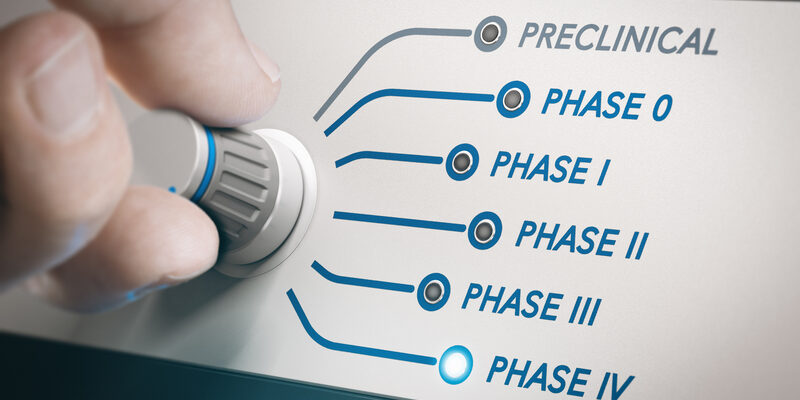Clinical trials are methods of research that evaluate the efficacy and safety of a drug or treatment before it is approved by the FDA to launch into the market. Clinical trials could test a variety of medical products, including surgical procedures, medicinal drugs, medical equipment, biological products, and more. There are different phases of clinical trials to conduct a thorough analysis of the said product or procedure.
Clinical trials need to be meticulously designed, reviewed, and then approved in order to begin. People of all ages can participate in clinical trials, depending on what is being tested. However, if you’re in one phase of the clinical trial, you most likely won’t be in another one. The treatment or product moves through the different stages, but participants generally do not.
Understanding the Phases of Clinical Trials
Let’s look at the different phases of clinical trials and assess where patient registries fit in the mix. You would require a patient registry for the disease or drug you’re targeting right from the start. Patient registries are pivotal for clinical trials as they help recruit patients to create a representative sample.
Phase 1
The purpose of phase 1 of the clinical trial is to test if the product or procedure is safe for people to use. In this phase, only a small number of people are required. You would typically select around 20 to 30 healthy participants and divide them in smaller cohorts.
You would then proceed to administer the product (drug or treatment) in the smallest dose to group 1. If no side effects are reported, you would administer a slightly higher dose to the second group, and so on until you reach the optimum dose.
Phase 1 helps to assess how the product works, the side effects, if any, of the treatment or product and deduce the best way (and dose) to give the product or treatment to patients. This data would then be recorded in a patient registry for the specific disease, for example, Covid-19.
Phase 2
The purpose of phase 2 is to gauge the effectiveness of the drug or treatment to treat the particular disease that you’re targeting. In this phase, you would employ a larger set of people, typically 100 to 300 participants, including a mix of healthy people and those afflicted with the said disease.
You would then administer the drug or treatment to these patients in different doses. Some people also get placebo treatment to truly see the effectiveness of the product. You would see if there is any improvement in the disease and decipher the right dose of the medicine or treatment.
Phase 2 helps further establish the safety profile of the procedure or drug, and primarily focuses on how effective said product is in treating that particular condition. Patient registries are relevant in phase 2 as well because these are important findings that need to be recorded. This phase would also make changes (if any) from the latest findings to the existing information.
Phase 3
Phase 3 trials deduce if the new, proposed treatment or drug is better than the existing one. They normally recruit 1000 to 3000 patients to see if the drug is safe to use on a larger population. In this phase, you would administer different doses of the product to people from different regions.
Phase 3 would typically have a control group, which receives the standard, traditional treatment and a study group, which receives the new treatment that is being tested.
After you get positive trial results, you could also compare them to patient outcomes in an existing patient registry. The FDA will review the phase 3 clinical trial results, and decide if the treatment or drug is safe to be approved for public use.
Phase 4
Once the FDA approves the medical product, phase 4 aims to continue testing the long-term side effects of the treatment or drug.
Clinical Trial or Patient Registry – We have you covered!
Whether you are early in the clinical study process, or wish to conduct phase 4 research, ClinicalPURSUIT provides both comprehensive clinical EDC (electronic data capture) solutions and patient registry solutions. Since research is an ongoing process, you need a flexible patient registry software solution that will accept any variations, changes, and additions. The right patient registry software will not only help medical research, but ultimately improve patient care and outcomes.







